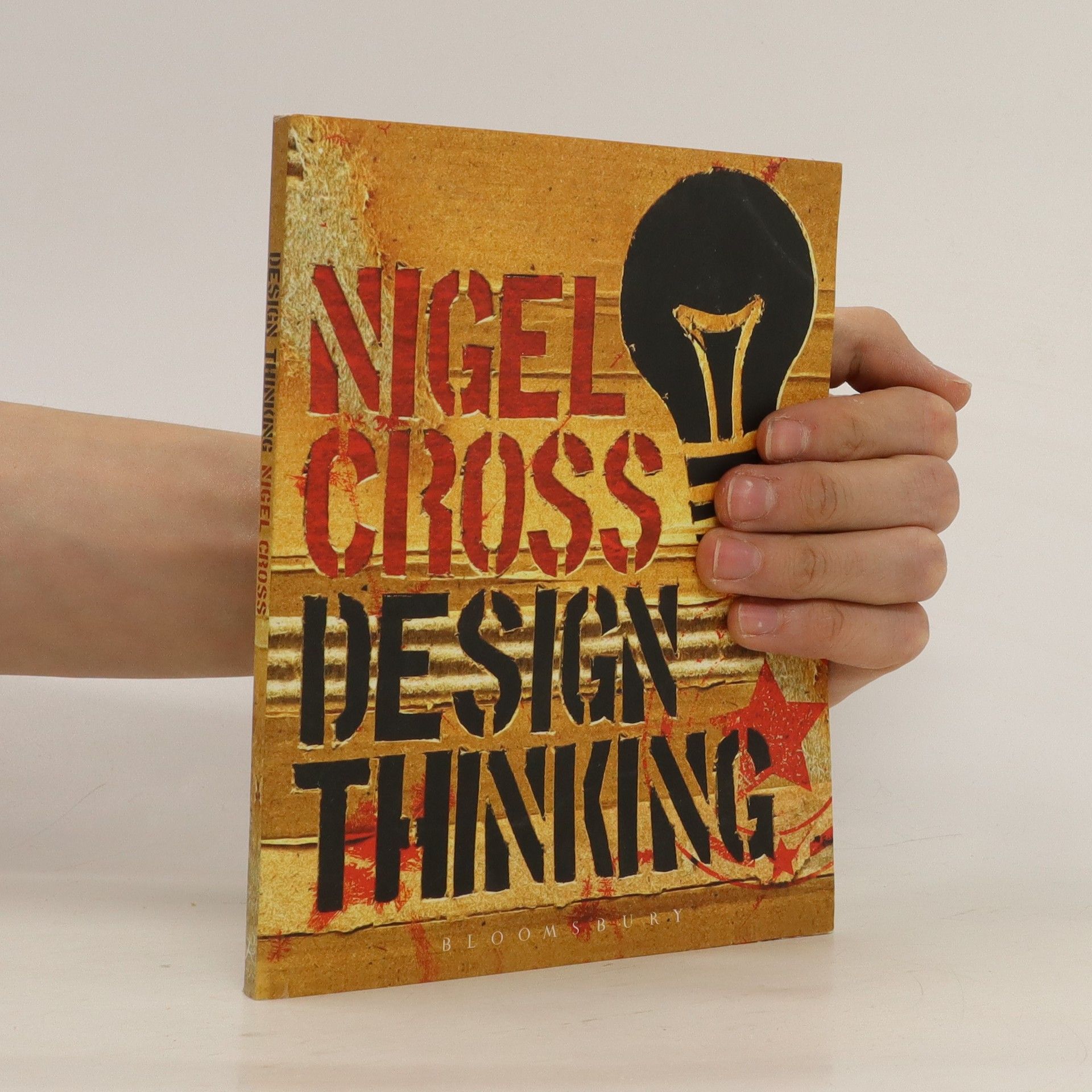Designerly ways of knowing
- 144pages
- 6 heures de lecture
How do designers think? The concept that designers have and use ‘designerly’ ways of knowing and thinking emerged in the late 1970s alongside new approaches in design education, and was first clearly articulated by Professor Nigel Cross, one of the most internationally respected design researchers. Designerly Ways of Knowing is a revised and edited collection of key lectures and publications by Professor Nigel Cross on the nature of design activity and expertise, and the evidence for design cognition as a particular and essential aspect of human intelligence. It explores the following topics: the nature and nurture of design ability creative cognition in design the natural intelligence of design design discipline versus design science expertise in design As a timeline of scholarship and research, and a resource for understanding how designers think and work, this book will interest researchers, teachers and students of industrial and product design, design practitioners and managers.

